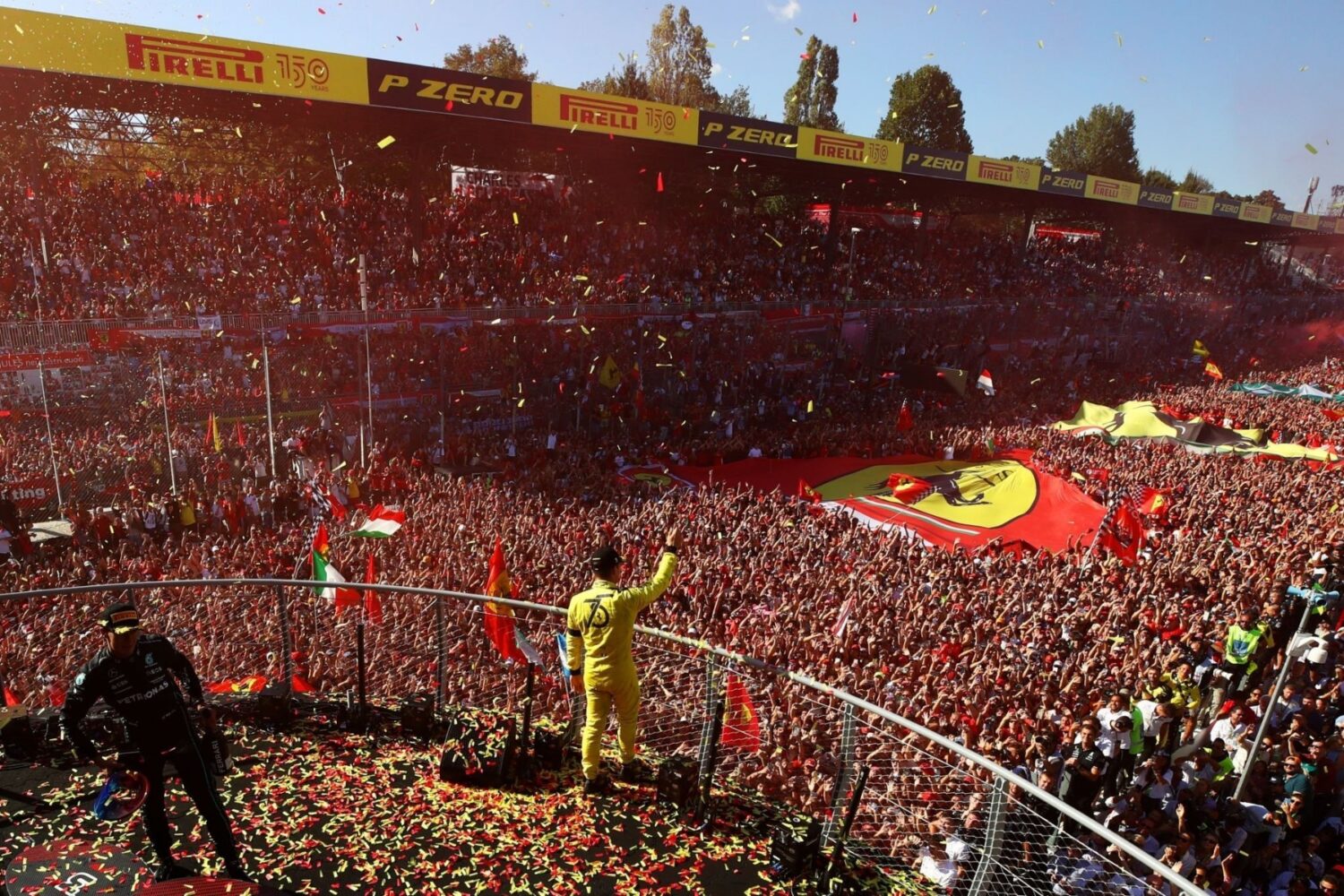F1: 2023 Italian GP at Monza Preview
The 2023 FIA Formula 1 World Championship season will continue with the Italian Grand Prix, at the Autodromo Nazionale Monza this weekend.
The high-speed venue, located in the verdant parklands north of Milan, is this year celebrating its centenary. Monza was part of the inaugural World Championship season in 1950 and has only once been omitted from the calendar, when it underwent renovation works in 1980. The circuit has evolved across its 100-year existence, but the relics of the past remain, such as the iconic banking, which weaves its way through the forest as a nod to Monza’s history.
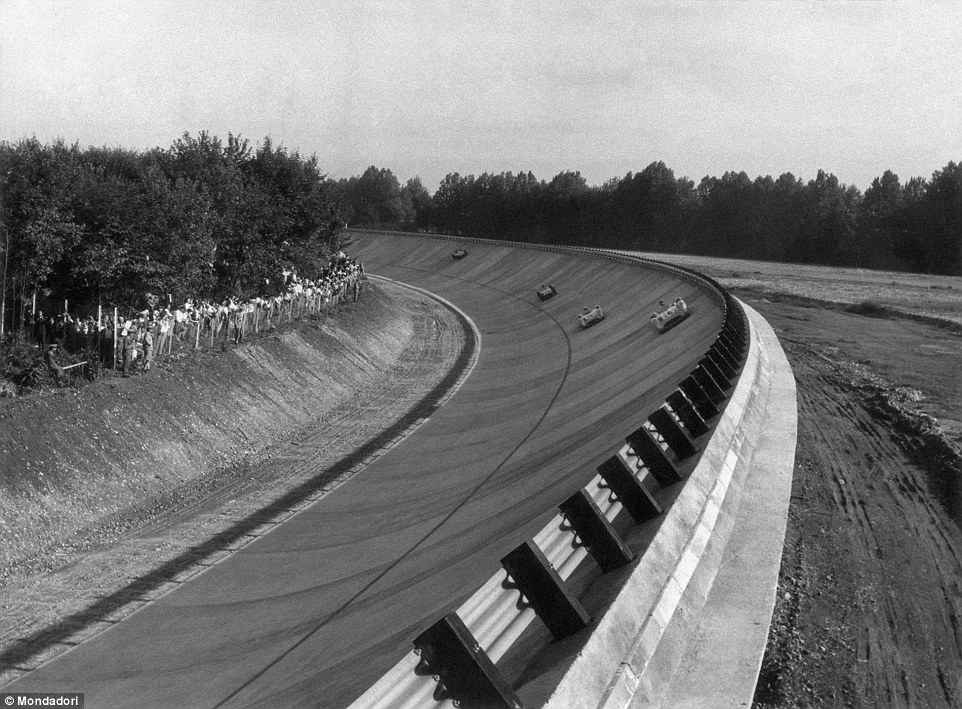
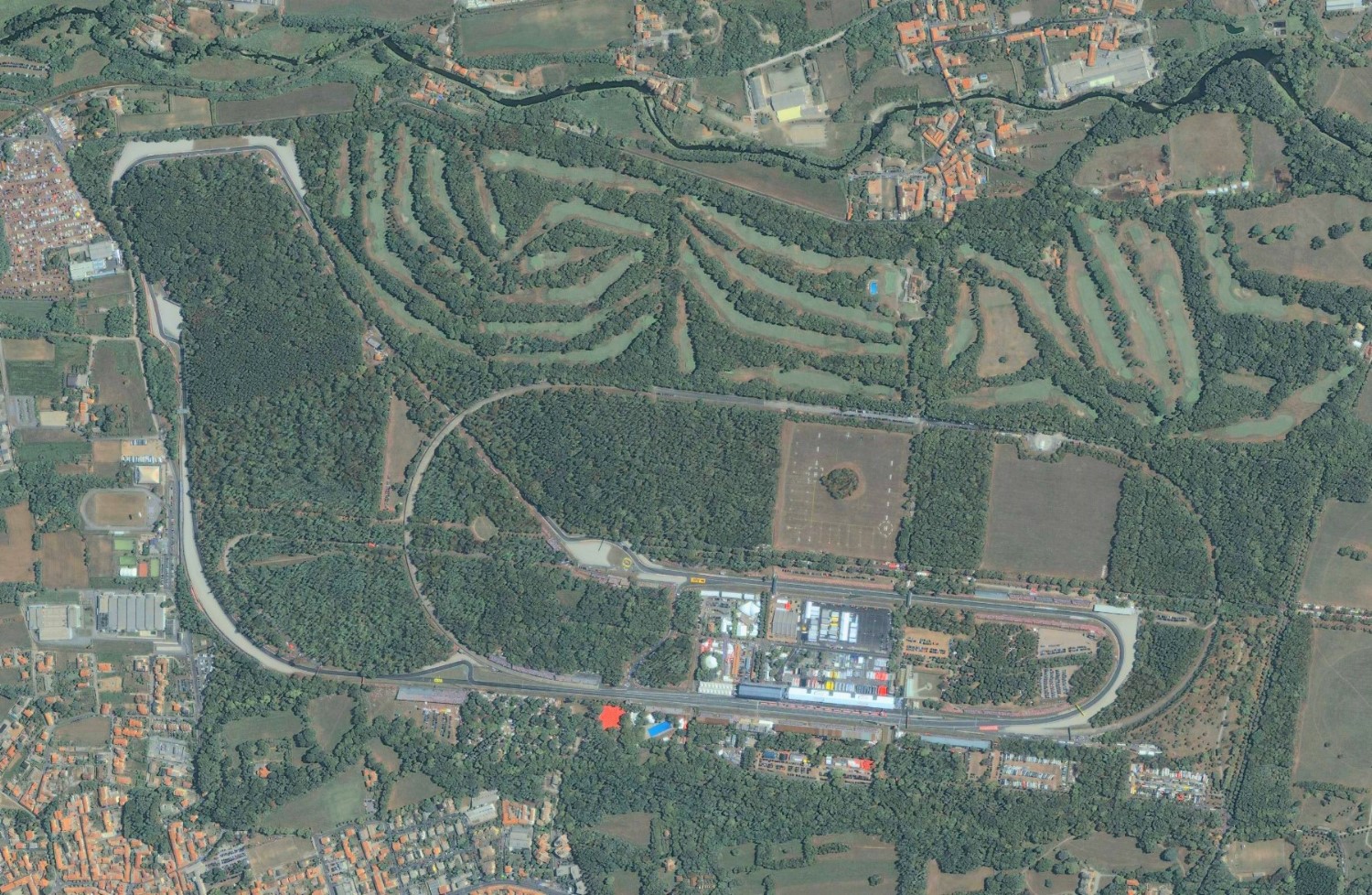
There is something unique about Monza. It’s not the octane-laden atmosphere, no matter how fantastic, or the sight of tens of thousands of fans creating a flowing sea of color (admittedly, mostly red) on grandstands and grass alike; it’s not the track, no matter how many thrilling, joyous or tragic pages of the history of our sport have been written on its kilometers of tarmac; it’s not the slightly melancholic feeling of the final European race of the season, of leaving behind your hospitality – home away from home – until the cold mornings of pre-season testing in Barcelona.
No, there’s something unique about Monza, and that’s the nature of this circuit itself. It’s what this track embodies – in the history of motorsport, in the collective imagination of everyone connected with racing, in the very center of the Italian psyche. Monza is racing: it is racing at its purest, it is human and machine versus the laws of physics. It is banking so steep it’s dizzying; corners that have no numbers but names; crumbling tarmac on forgotten parts of the track where you can hear echoes of Farina, Fangio, Rindt, Clark, Senna and Schumacher, heroes through the eras.
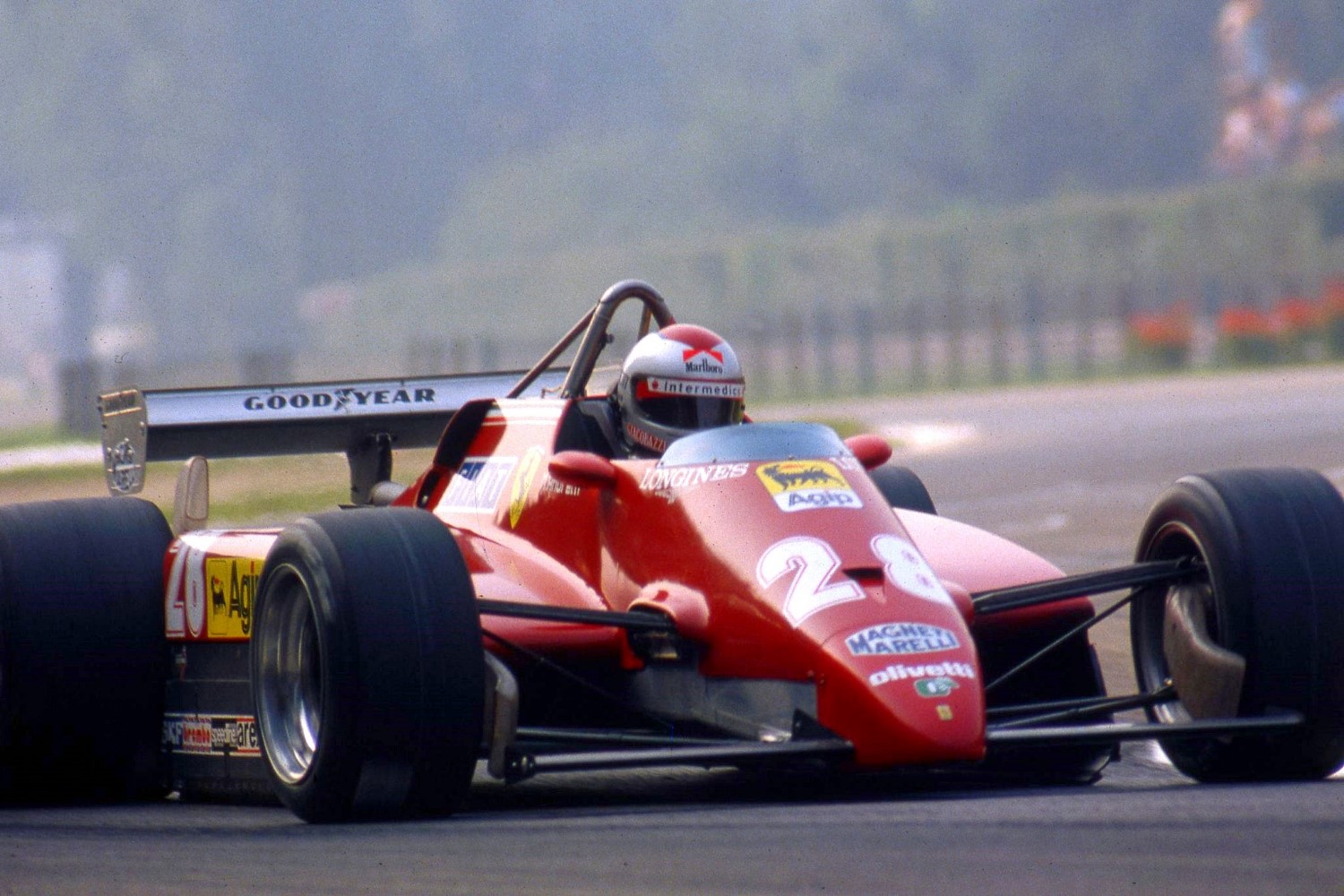
Monza has been synonymous with racing since September 1922 – 100 years ago. This wedding of two concepts, now indissoluble, has been threatened, left for dead, considered a relic of the past – only to return with more passion, more determination, more of a central role in our imagination. It’s been here for 100 years, and we hope it’ll be here for 100 more.
The circuit is the fastest on the calendar, with lengthy full throttle sections, interspersed by a sequence of chicanes and medium-speed corners. That results in skinny wings and slippery cars, with a low downforce set-up favored, while strong braking stability and traction is also a necessity for a fast lap time. Lewis Hamilton’s pole position effort in 2020 was achieved with an average lap speed of 264.363km/h, the fastest in Formula 1 history. As a result, the grand prix itself is regularly the shortest of the season, with 2003’s event lasting just 1hr 14 minutes, the quickest full-distance race in history.
Weather Forecast
After a rainy weekend at Zandvoort, it’s set to be dry this weekend at Monza. On Friday, the weather is set fair with no chance of rain with light winds at this stage and a high of 27 degrees Celsius.
On Saturday, it’s again set to be dry with a slightly higher temperature for Free Practice Three and Qualifying, which should please the fans in attendance and make tire warm-up easier.
Sunday is set to be the hottest day with a high of 28 degrees for the Grand Prix and a light southerly wind. The risk of rain at this early stage is less than 20 per cent. Therefore, it’s unlikely that we’ll see the Intermediate or Wet compounds in use this weekend.
Record Crowd expected
Monza is preparing for a record crowd at this year’s Italian GP.
Formula 1’s popularity is surging this year, which looks set to translate into a huge crowd at Monza as the Tifosi support Charles Leclerc’s title push.
“We are still expanding the temporary stands so as not to leave anyone out,” said Angelo Sticchi Damiani, president of the Italian automobile club Aci.
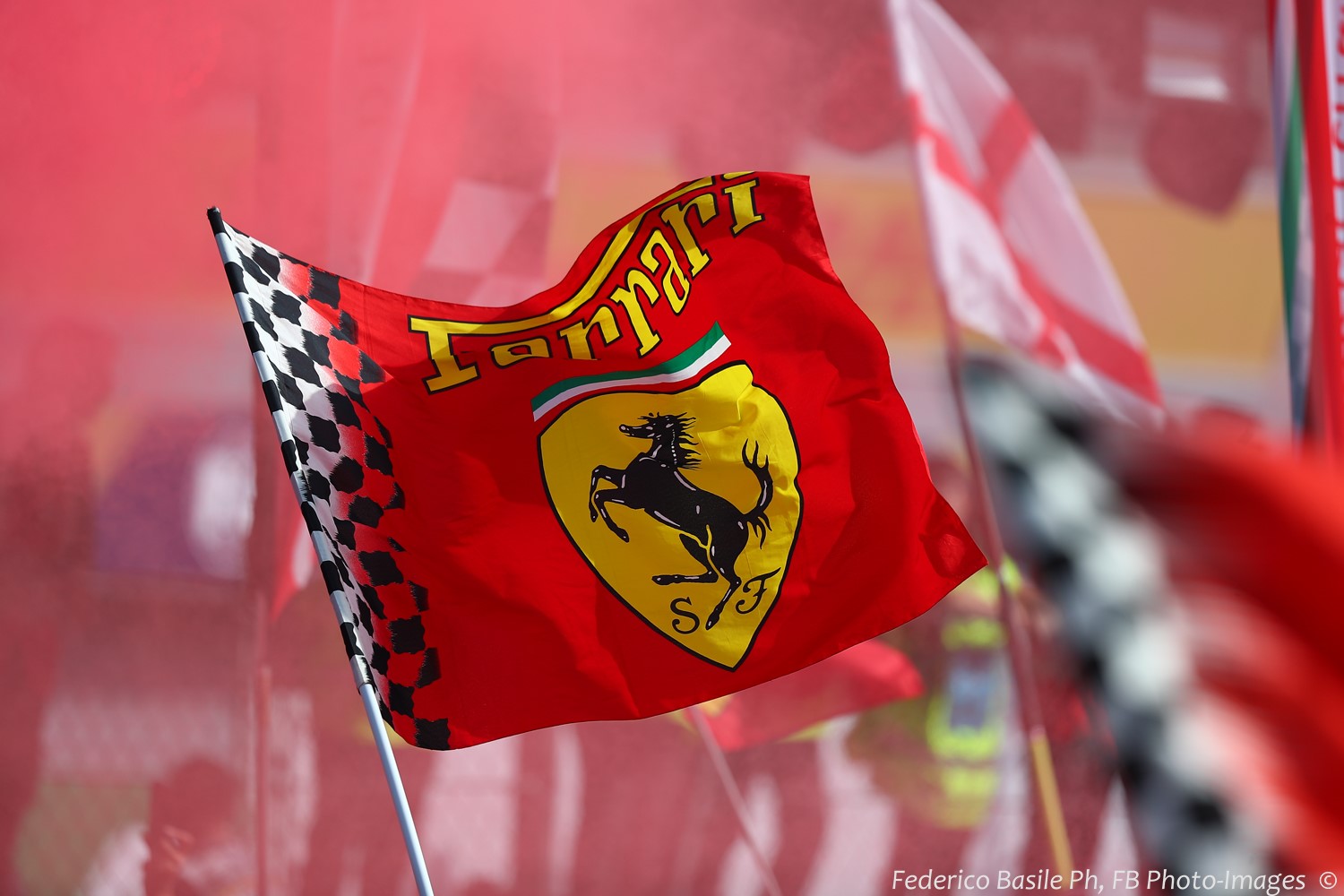
“The numbers for the Monza GP are already exceptional,” Sticchi Damiani told Rai radio.
“We are heading towards 320,000 spectators over the weekend – numbers we’ve never seen.”
Last Year’s Race
After Daniel Ricciardo’s’ stricken McLaren stopped on track that resulted in a safety car being deployed, and after a flurry of pit stops, Red Bull Honda ace Max Verstappen led from the #16 Ferrari of Charles Leclerc and #63 Mercedes of George Russell, all on fresh soft red Pirelli tires.
Everyone was hoping for a 1-lap sprint to the finish, but they were unable to get the stricken car moved to a safe area in time, and the race finished behind the safety car. Why race control did not throw a red flag, so there would have been a race to the finish, was dumbfounding.
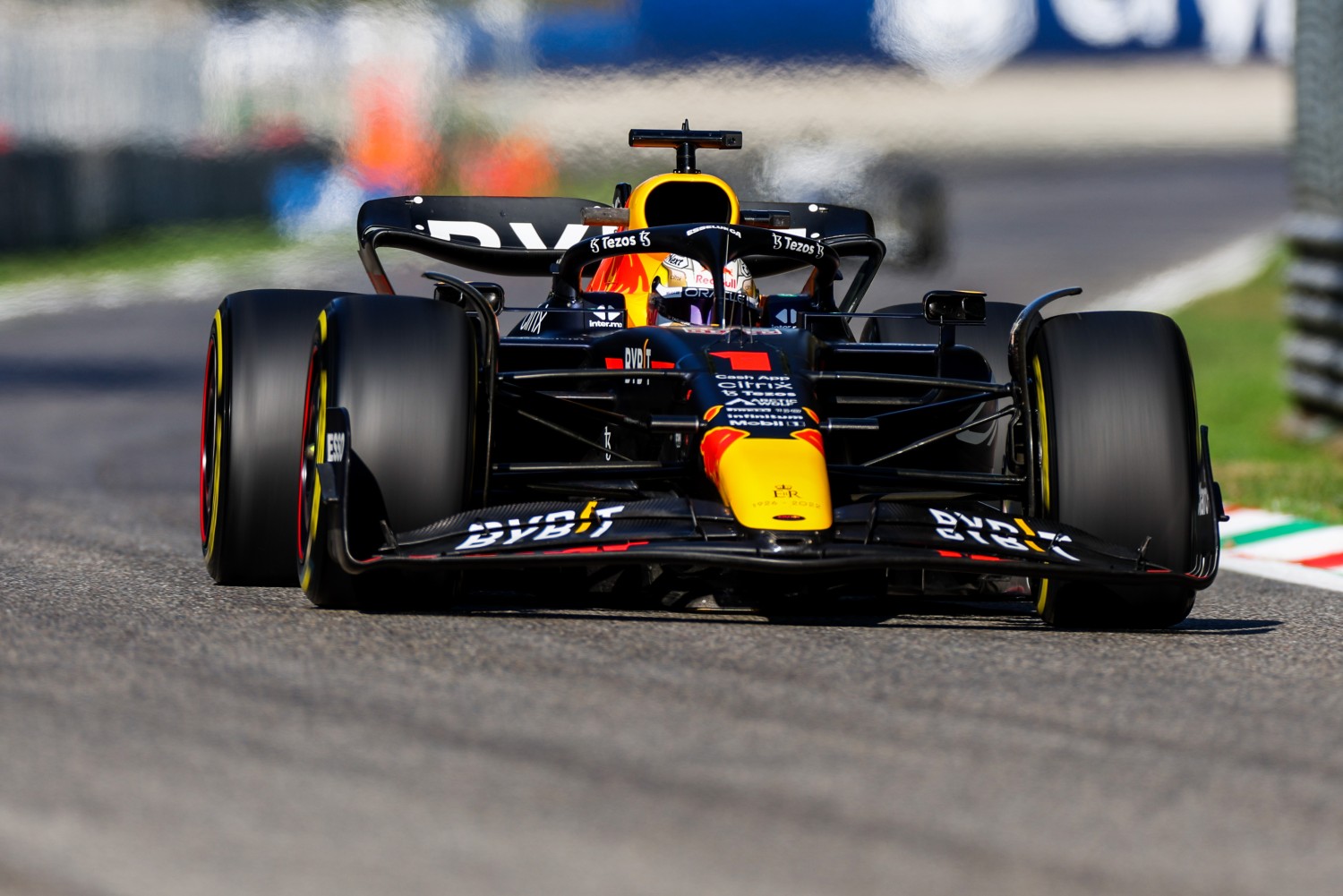
With that said, Verstappen appeared to have the pace to win regardless as he carved his way through the field from 7th on the grid like a knife through butter. It was Verstappen’s 5th straight F1 win, 11th of 2022, and 31st of his career.
“We had a great race, we were quickest on every compound,” said Verstappen.
Verstappen has now matched Nigel Mansell on 31 career wins, next up on his hit list is Fernando Alonso with 32.
“Overall, we had a really good day. It was enjoyable to drive today, even though it was hot out there. Finally, get to go on a great podium like this!”
“The end was frustrating, unfortunately we were second, but overall, I gave it my all,” said a disappointed Leclerc who hoping to bring a win for the tifosi.
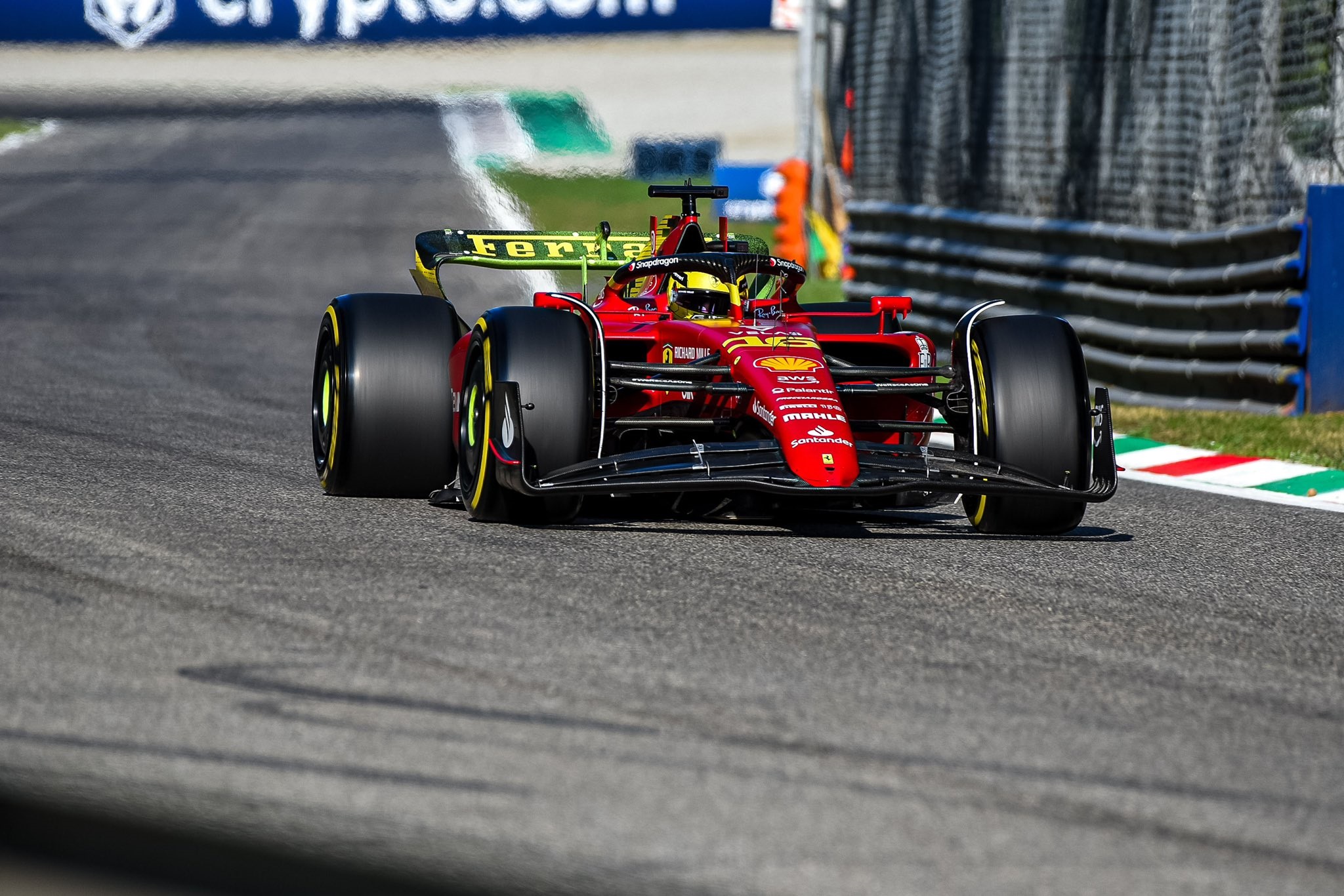
“I wish I could have won in front of the amazing Tifosi today. I’m not extremely happy with the race because we finished P2. It just wasn’t enough.”
“It doesn’t matter if we are fast or slow, we keep getting these podiums,” said 3rd place Russell.
“We had to do something different to Charles and Max, but they were just too quick for us today.”
Carlos Sainz Jr. was 4th in the 2nd Ferrari and Lewis Hamilton rounded out the top-5 in the 2nd Mercedes, after starting 19th.
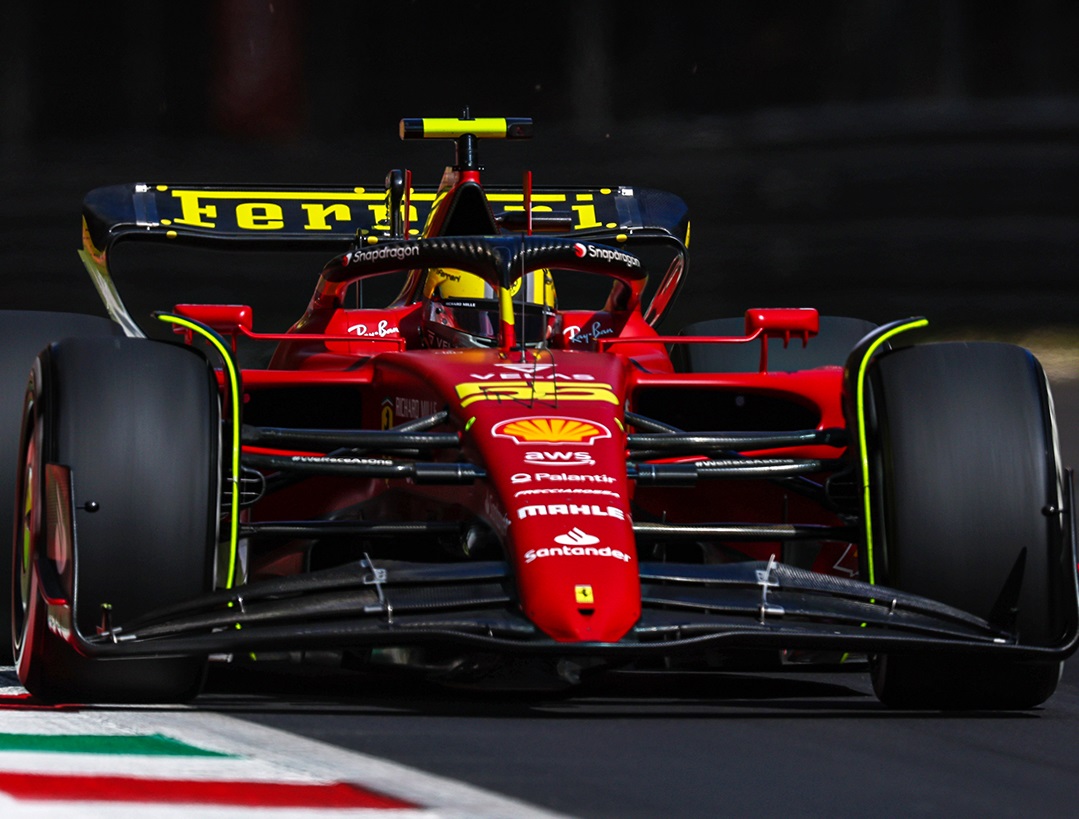
“On a track that doesn’t suit us, we are clearly third on the road for third and fifth is about the best we can do,” said Mercedes boss Toto Wolff.
“It’s all to play for, we are 35 points behind [Ferrari] or so, but we are ending up 30 seconds behind the leader and that is the gap we need to catch up.”
Sergio Perez (up from 13th at the start) and Lando Norris were 6th and 7th. Perez also got the one point for fastest race lap.
“It was a mess, my race. It started with the front right disk, it compromised my race as I had to stop early. Then I had to lift and cost to cool, as we could have had to retire. I had a better tire than Lewis, so it would have been good to get a restart, but it wasn’t the case.”
Pierre Gasly was eighth at one of his team’s home races, albeit that they are based closer to Imola than Monza. De Vries was an incredible ninth on debut for Williams, and Zhou rounded out the points for Alfa Romeo.
McLaren have eaten into Alpine’s advantage in the fight for fourth in the constructors’, with the French team not scoring today. There were some reliability woes for a few teams, which could well be a factor in the next few races with so many weekends completed by these cars this season.
The Tifosi went running down the main straight, huge Ferrari flags have magically appeared and they got themselves in position under the podium. It’s one of the best podiums of the season, and one that Verstappen will experience for the first time.
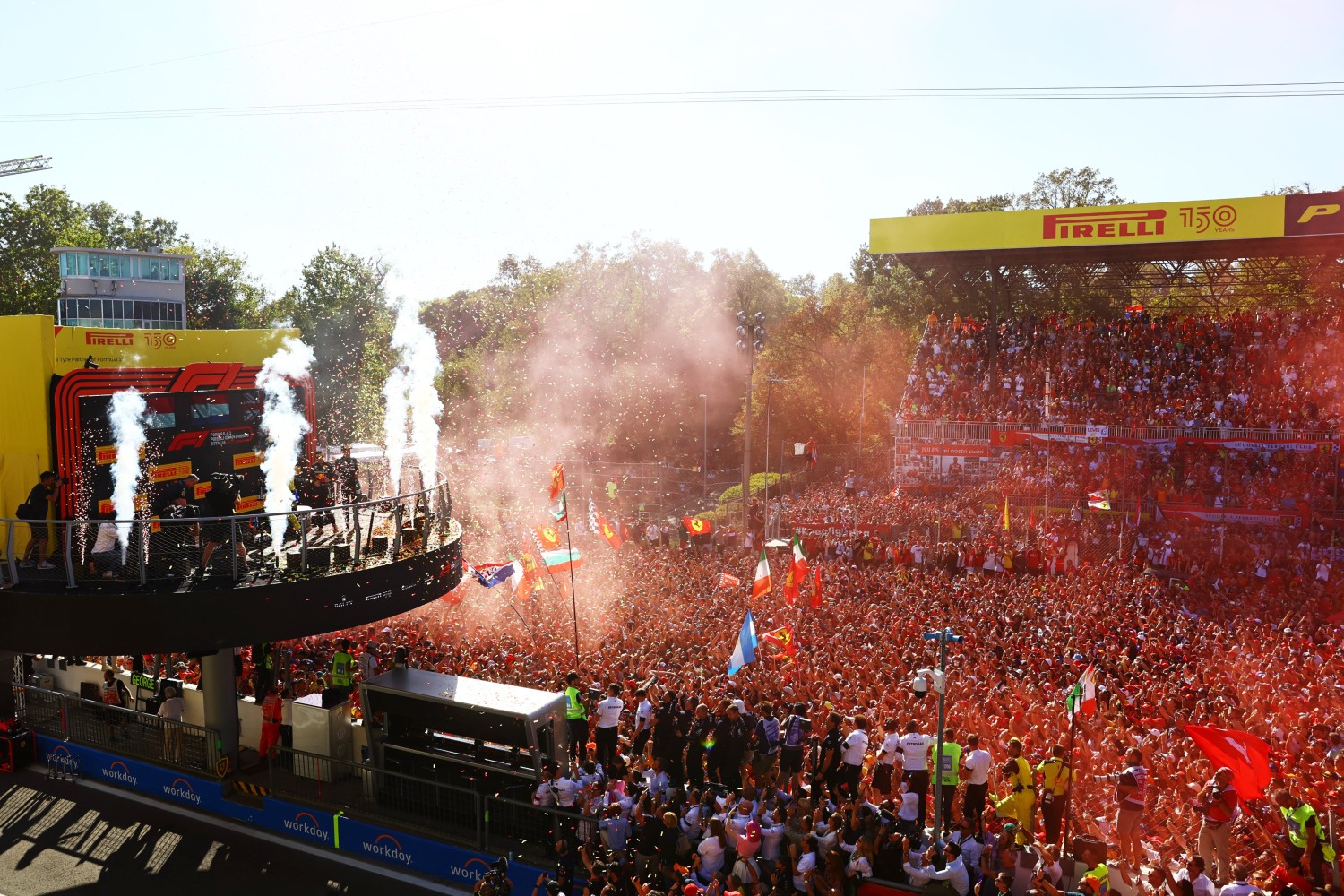
Circuit Insight
Overtaking: Although the Autodromo Nazionale Monza has many long straights, overtaking difficulty hovers around the season average. The best opportunities are into the opening chicane, although Turns Three and Four, and down the shorter DRS zone into Turn Eight.
Race disruptions: Stoppages are likely to occur and provide a prime opportunity to pit: In the last five dry Grands Prix at Monza, there has been an average of one Safety Car and one Virtual Safety Car per race. Last year, both were deployed during the Grand Prix.
Strategy: The tires are a step softer than last year – C3, C4 and C5 – and the Alternative Tire Allocation is in place meaning that teams get three sets of Hards, four sets of Mediums, four sets of Softs, and two fewer sets of tires overall per car for the whole weekend. Hards must be used in Q1, Mediums in Q2 and Softs in Q3.

A lap opens with a long run down to the first corners – a very tight right-left chicane that is one of the slowest sections on the whole calendar.
With low-downforce packages on the cars, it can be easy to misjudge the braking point. The exit is also key, with a long flat-out blast through the Curve Grande following.

The Variante Ascari is the third, and perhaps the most challenging, of the track’s chicanes. Deceptively quick, carrying too much speed or hitting the curbs can really upset the stability of the car, sending it into a spin.
Again, the exit is crucial here, with another long straight following this corner.
Parabolica – now renamed Curva Alboreto after the late Italian racer – concludes the lap. It is a long right-hander that opens up on exit.

The apex can be difficult to perfect, particularly while following another car, and it is also easy to exceed track limits. It’s a key corner.
Monza is nicknamed ‘Temple of Speed’ and for good reason, as 76% of the lap time and 83% of the lap distance are taken at full throttle – the highest of any F1
Due to the long straights and large portion of lap spent in eighth gear, Monza is one of the lowest tracks for gear changes per lap, with only
The Italian GP is the lowest downforce level of the year and requires a special rear wing, just for this There is still enough downforce to – in theory – drive a car upside down, though.
Monza has the highest average corner speed of any F1 track, with the fast Curva Grande (Turn 3) and Parabolica (Turn 11) counterbalancing the various slow chicanes that split up the long
The tow is massively powerful in Monza and is particularly important in qualifying, leading to battles on track to find a tow – you don’t want to be at the front of the pack, punching a hole in the air for everyone It can bring as much as 0.25 seconds of lap time per lap.
Fact File: Italian Grand Prix
- This weekend’s Italian Grand Prix will be the second trial of the ‘Alternative Tire Allocation’ format. That will see teams have a reduced allocation of 11 sets of tires: three sets of the Hard compound, and four of the Medium and Soft tire respectively.
- Monza is nicknamed the ‘Temple of Speed’ and for good reason. Recorded top speeds through the speed trap during the Grand Prix typically top 350 km/h.
- That is perhaps no surprise given the long straights at the Autodromo Nazionale Monza. 77% of lap time is spent at full throttle, which equates to 80% of the total distance.
- Only the Jeddah Street Circuit in Saudi Arabia sees a higher amount of time spent at full throttle, at 82%.
- Despite these impressive numbers, we don’t expect Monza to have the highest top speeds on this year’s calendar. With its high-altitude environment, Mexico typically sees higher maximum speeds and with a nearly 2 km long straight, we forecast that Las Vegas will also trump Monza.
- The circuit contains just 11 corners, four to the left and seven to the right. That is the second fewest of the year, behind only Austria which has 10.
- The long straights of Monza are punctuated by several chicanes which require heavy braking – there are three braking events that are categorized as heavy (>4g for over 0.4s).
- A lap of the circuit requires just 40 gear changes per lap, one of the lowest figures on the calendar. That is due to a large part of the lap is spent in eighth gear on those long straights.
- The Italian GP venue is one of the most power sensitive tracks in F1. Even a modest increase in power can have a sizeable impact on lap time. This is in part due to the long straights, but also due to the low-speed corner exits onto those straights which demand a lot more power in the acceleration zones.
- Mechanical grip is crucial due to the amount of these acceleration zones out of low-speed corners. The track has one of the highest traction demands of the season.
- The high-speed nature means the Italian Grand Prix is often one of the shortest races of the year. If run uninterrupted, it usually takes around one hour and 15 minutes from lights out to the checkered flag.
- Several corners, such as Ascari, are dominated by how well your car can ride the curbs on entry. If the car is stable, drivers can attack much more easily but a lot of time can be lost if they are unable to do so.
- On exit, the curbs tend to offer poor traction and a bumpy ride, so drivers sometimes avoid the exit curbs altogether to get the best run out of the turn.
How do you prepare a car for the unique demands of Monza?
Monza is a special circuit in that it requires a low-drag set-up. This is most evident on the rear wings of the cars where a cursory glance reveals shorter main planes and therefore smaller aerodynamic surfaces, which reduce the amount of drag – but also the amount of downforce – produced by the wings.
There is a trade-off between straight-line speed and cornering speed – a dilemma which presents itself at every circuit – and at Monza, straight-line speed is prioritized, with drivers spending more than 70 percent of the lap at full throttle. If rain is expected, set-up might be tweaked to add a bit more downforce and drag, and give the drivers an advantage in slippery conditions.
Given the amount of time spent at full throttle, it’s also imperative to ensure that the engine and related components are in top condition in a bid to maximize power and reliability.
Unlocking the lap
The long run to the Rettifilo chicane gives drivers plenty of time to nail their braking point at the hardest braking zone on the circuit – made even more tricky with a low-downforce set-up. A perfect exit out of Turn Two is key to gaining an advantage through Curva Grande and onto the short straight that follows.
Then comes the high-speed Della Roggia Chicane, where it’s tempting to take plenty of kerb. However, the run-off area and its gravel comes quickly and can trigger a spin, so it’s important not to use too much of the exit curb. The high-speed Lesmo corners follow: Turn Six is slightly cambered which allows drivers to carry more speed into the corner and the track is even more cambered into Turn Seven – but the run-off area is once again waiting to punish any drivers who take too much exit curb.
The short DRS zone follows the Lesmos into Turns Eight, Nine and 10 – the Ascari Chicane. This requires precision and a hefty use of the curbs on corner entry to position the car to take plenty of the inside curb and outside curb on exit of the chicane. Finally, drivers blaze into Curva Alboreto, a constant radius corner, where it’s important to get on the throttle early for a rapid run down the main straight.
Pirelli Tires
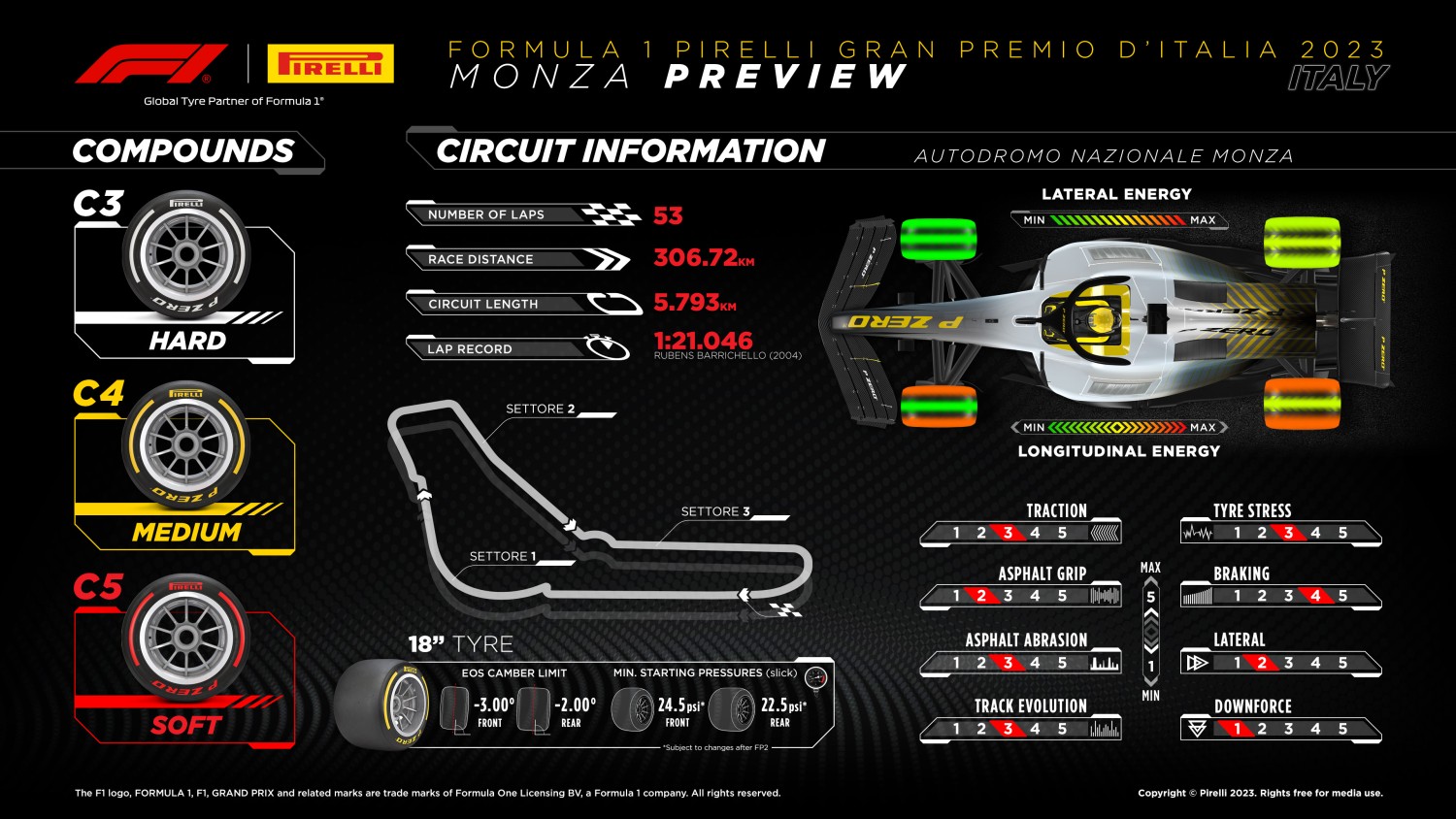
MARIO ISOLA – MOTORSPORT DIRECTOR
“As usual, the European Formula 1 season draws to a close in Monza: which is also Pirelli’s home event as our headquarters are just a few kilometers away from this iconic circuit. Monza is synonymous with speed, as its nickname of the ‘Temple of Speed’ capably demonstrates. To this day, it’s where the fastest race in the history of Formula 1 was held, with Michael Schumacher setting an unbeaten average race speed of 247.585 kph back in 2003.
As a result, teams use the lowest possible aerodynamic downforce levels to favor top speed by reducing drag. Stability under braking and traction coming out of the two chicanes are the two key factors that challenge tires most on this track, as well as the lateral loads exerted in the fast corners such as Parabolica (named after Michele Alboreto) and Curva Grande.
After Hungary, Monza will be the second time that the Alternative Tire Allocation (ATA) is trialed, which uses two fewer sets of tires than the standard format. This offers a benefit in terms of CO2 saved both during production and transport, as well as giving teams and drivers a wider range of strategic option. For this reason, as well, we have chosen the trio of softest compounds for Monza – C3, C4, and C5 – which has already been nominated five times this season.”
-
- For the Italian Grand Prix, C3 will be used as P Zero White hard, C4 as P Zero Yellow medium and C5 as P Zero Red soft. These are the softest compounds in the Pirelli Formula 1 range, already nominated for five other race weekends so far this season.
- The Alternative Tire Allocation will be tried again at Monza, after the first test in Hungary. Each driver will have just 11 sets of slick tires (three Hard, four Medium and four Soft) at their disposal for the weekend. In qualifying, drivers can use only one type of compound per session (unless it’s wet): in Q1 the Hard, in Q2 the Medium, and in Q3 the Soft.
- Last year, there were no fewer than eight different strategies deployed by the top 10 finishers. Max Verstappen and George Russell (first and third respectively) opted for a single stop, while Charles Leclerc – who finished second – had already made two stops before a safety car towards the end of the race allowed all three drivers to stop again.
- The Italian Grand Prix is one of the races that has counted for every drivers’ championship since the very first competition in 1950. It has always been held in Monza with only one exception, when Imola hosted the race in 1980. Monza was inaugurated in 1922 and is one of the oldest tracks in the world still to be used, second only to Indianapolis. The team with the most victories at Monza is Ferrari (19 out of 72 total grands prix) while the drivers with the most wins are Michael Schumacher and Lewis Hamilton, on five each.
- Monza has produced different winners over the last five years. Lewis Hamilton won in 2018, Charles Leclerc in 2019, Pierre Gasly in 2020, then Daniel Ricciardo in 2021, and Max Verstappen in 2022.Pirelli will remain in Monza after the Italian Grand Prix for a couple of days of testing with Alpine and Red Bull. The teams will take to the track on Tuesday and Wednesday after the race (5-6 September) to test prototype slick tires.
